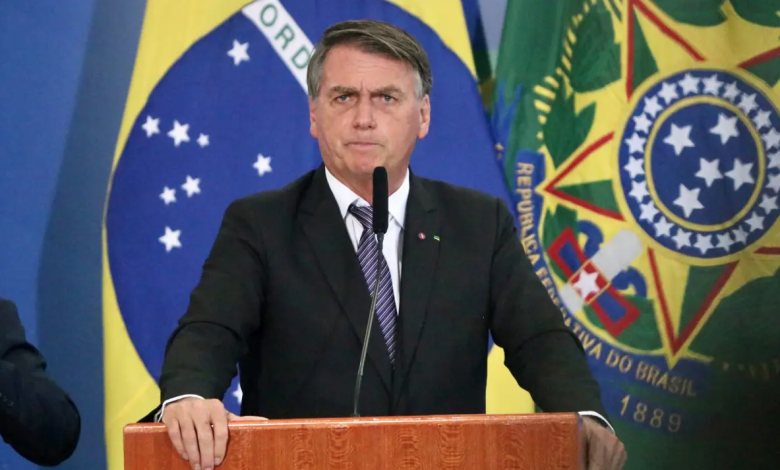Brazil’s Supreme Court: Paris Agreement Prevails over National Laws
Bolsonaro was convicted of taking resources from the Climate Fund in 2019
(Sustainabilityenvironment.com) – The 2015 Paris Agreement is a treaty on human rights. Like any other international treaty on the environment. And as such, it is more “strong” than national laws. This was written last week by the Supreme Court of Brazil – for the first time in the world – in a ruling that can have profound implications both in the South American country and internationally.
The ruling closes an apparently minor affair: four opposition parties two years ago denounced the Bolsonaro government for having abandoned a pivotal instrument of national climate policy, the Climate Fund created in 2009. It is through this fund that Brazil, the Court acknowledged, can cut emissions more effectively. And align itself with the objectives of the Paris climate Agreement.
Read also The EU must leave the Energy Charter Treaty: “Violated our human rights”
The federal government had argued that the Climate Fund, resulting from Brazil’s international commitments under multilateral climate change treaties, does not bind the federal government, as it is not a Brazilian law. However, a majority of the judges of the Court ruled that climate protection is a constitutional value. The ruling, therefore, makes it clear that environmental law treaties constitute a particular type of human rights treaty, which enjoy a “supranational” status.
What can be the impact of the judgment? According to Caio Borges, head of the law and climate portfolio at the Instituto Clima e Sociedade (ICS), the court’s statement that the Paris Agreement is a human rights treaty gives it a legal status higher than national law. “Therefore, in future cases, if there is a dispute of a policy or law in relation to the Paris Agreement, the courts will apply this interpretation and there will be a presumption that the government will have to prove that the disputed law does not conflict with it”, he said to ClimateHome.






